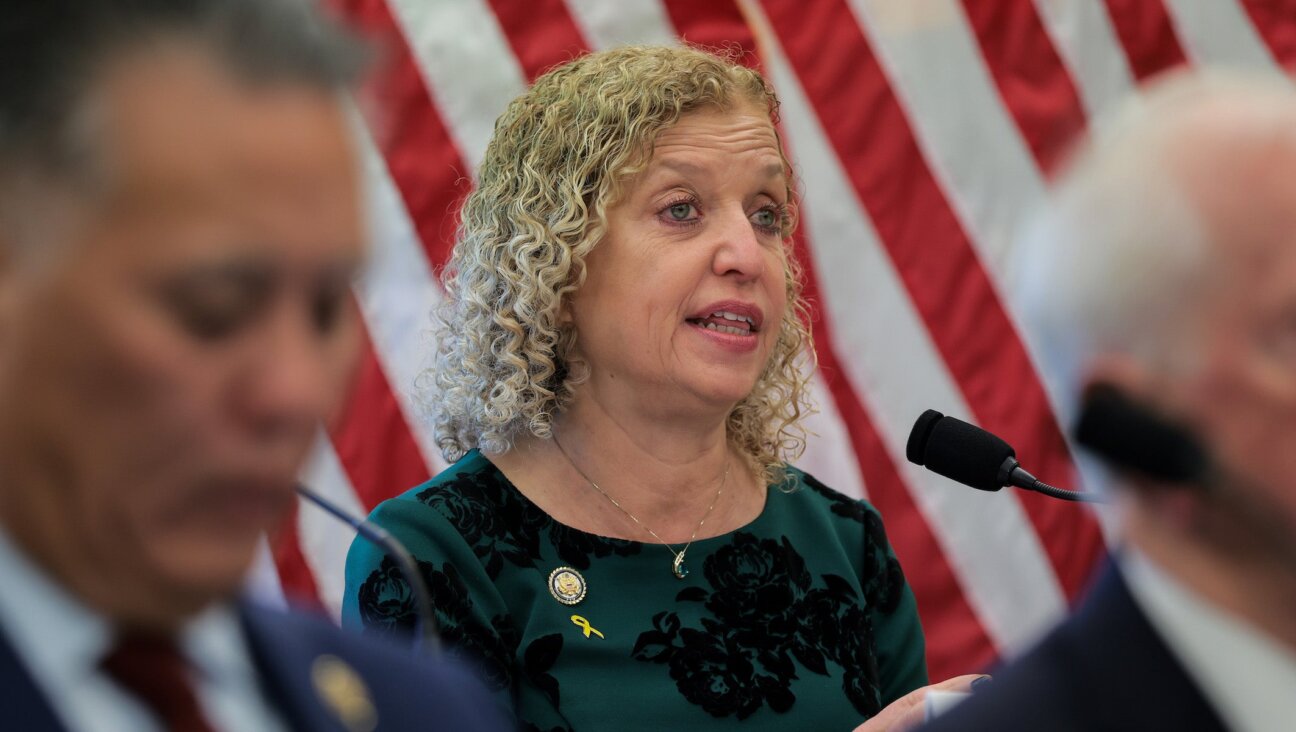Can Lyft’s ‘Mensch’ Model Challenge Big Bad Uber in Ride-Hailing Market?

Graphic by Angelie Zaslavsky
In late 2014, Uber and Lyft targeted Portland, Oregon, as the next place to launch their still-controversial ride-hailing services.
Uber steamrolled into the city, with its lobbyist telling the mayor that it would operate without his permission. Lyft stuck to the rules, patiently discussing policy and waiting for the city to pass regulations.
Lyft’s nice-guy strategy – central to its marketing and expansion efforts nationwide – gained it nothing.
“We were trying to figure out a way to reward Lyft for having better business practices and not violating our laws,” said Josh Alpert, mayor Charlie Hales’ chief of staff, who described the interactions with both companies. “Sadly, at the end of the day, it didn’t make a difference.”
The city passed a law regulating ride-hailing last April. Today, Uber leads the Portland market – as it does across the United States.
Lyft has positioned itself as the caring alternative to Uber in relations with drivers and customers, as well as regulators. Uber’s more aggressive style, while irritating to public officials, has allowed the company to expand faster, building public awareness and market share.
After four years of competition, Lyft is running a distant second, although the company says it has gained ground recently.
Uber dominates in both financing and ridership. The company has a $10 billion war chest – five times more venture capital than Lyft has raised, according to figures from both companies. It has generated more than 10 times the annual gross revenue.
Uber spokesman Matt Kallman acknowledged that Lyft increased market share, but dismissed that progress as the result of heavy spending on driver and passenger incentives that can’t be sustained by an unprofitable company.
CEO Travis Kalanick has said Uber is profitable in the U.S., but the company declined to detail its calculations.
Both companies are privately held and not obligated to make their finances public. Lyft told Reuters in October that it was on pace to make $1 billion in annual gross revenue, based on ride bookings that month. Given the growth since then in monthly rides, Lyft officials said, gross revenue will be even higher for the year. Uber, in a presentation to investors last year, projected its gross revenue would reach $10.84 billion globally in 2015 and $26.12 billion this year.
MAKING INROADS
As more people abandon taxis and personal cars for ride-hailing services, both Uber and Lyft have benefited.
Indeed, Lyft’s growth since last summer has silenced critics who insisted the market had room for only one player. Lyft co-founder and President John Zimmer said the company now has 315,000 drivers, which is more than triple the 100,000 the company said it had in August.
The company also tripled its rides last year over 2014, Zimmer said, but he declined to give detailed numbers.
Today, the company operates in more than 200 U.S. cities, up by more than one-third since November and about the same number as Uber. Uber also operates in dozens of cities in other countries.
Zimmer said his company last year reached another critical benchmark: The average wait time for a car is three minutes, on par with Uber’s.
“We’re growing faster,” Zimmer said. “I think that the advantage is we are treating our drivers better, and therefore they are treating their passengers better.”
The company has also built goodwill with public officials. In Broward County, Florida, Commissioner Chip LaMarca, a supporter of the ride apps, lost his temper with Uber after the company backed out in the eleventh hour on an agreement for a new ordinance.
“They weren’t listening, and they weren’t willing to compromise on anything,” he said. “Lyft was different.”
Both companies release ridership data selectively, and most cities that collect it do not release company-specific numbers. New York City is an exception: The city’s Taxi and Limousine Commission publishes weekly ridership counts.
According to the data, Lyft’s weekly trips in New York are up more than six-fold, from nearly 11,600 the first week of April 2015 to 76,200 the last week of January 2016.
That’s a faster pace of growth than Uber over the period – increasing Lyft’s share of rides between the two companies from 3.3 percent to 7.7 percent – but still a fraction of Uber’s New York business. Uber grew weekly trips from nearly 506,000 to more than 1 million, and says it has 53 percent of the market for all for-hire vehicle trips.
Lyft has pulled closest in Austin, Texas – where Uber says it has 55 percent of the market – and San Francisco, where Uber says it controls 66 percent.
BOTTOM LINE
Lyft’s driver-friendly image can conflict with the intense pressure to match Uber on fare cuts. In practice, Lyft often uses many of the same tactics as its rival.
Like Uber, Lyft has paid civil penalties to California district attorneys for overstating the rigor of driver background checks, been slapped with cease-and-desist orders by cities to stop operating, and fought to keep drivers classified as cheaper independent contractors – without benefits.
Lyft tries to lessen the blow of fare cuts with outreach efforts and perks for drivers. It allows tips through its app, unlike Uber, and offers a “Power Driver Bonus” that allows prolific drivers to keep the 20 percent commission usually collected by Lyft.
In January, three days after Lyft slashed prices to match Uber, the company flew about a dozen drivers to an executive’s house in Oakland, California, to air their grievances about the lower fares. The company agreed to some of the drivers’ suggestions for ways to take the sting out of lost earnings, such as more fare increases during busy times.
The meeting ended with Zimmer hugging drivers, according to driver James Bridges, who was at the dinner. The more personal touch works for Bridges, who has tried Uber but stayed with Lyft for nearly three years even as his weekly earnings have dropped from $1,500 to $1,000.
Other drivers say, while they appreciate Lyft’s outreach efforts, Uber’s stronger market position is better for their bottom line. San Francisco driver Da Xi used to take fares from both apps, but stopped driving for Lyft two weeks ago, in part because he no longer qualifies for its Power Driver program.
“Lyft is getting bigger,” he said. “But I’m not making any more money.”—Reuters























